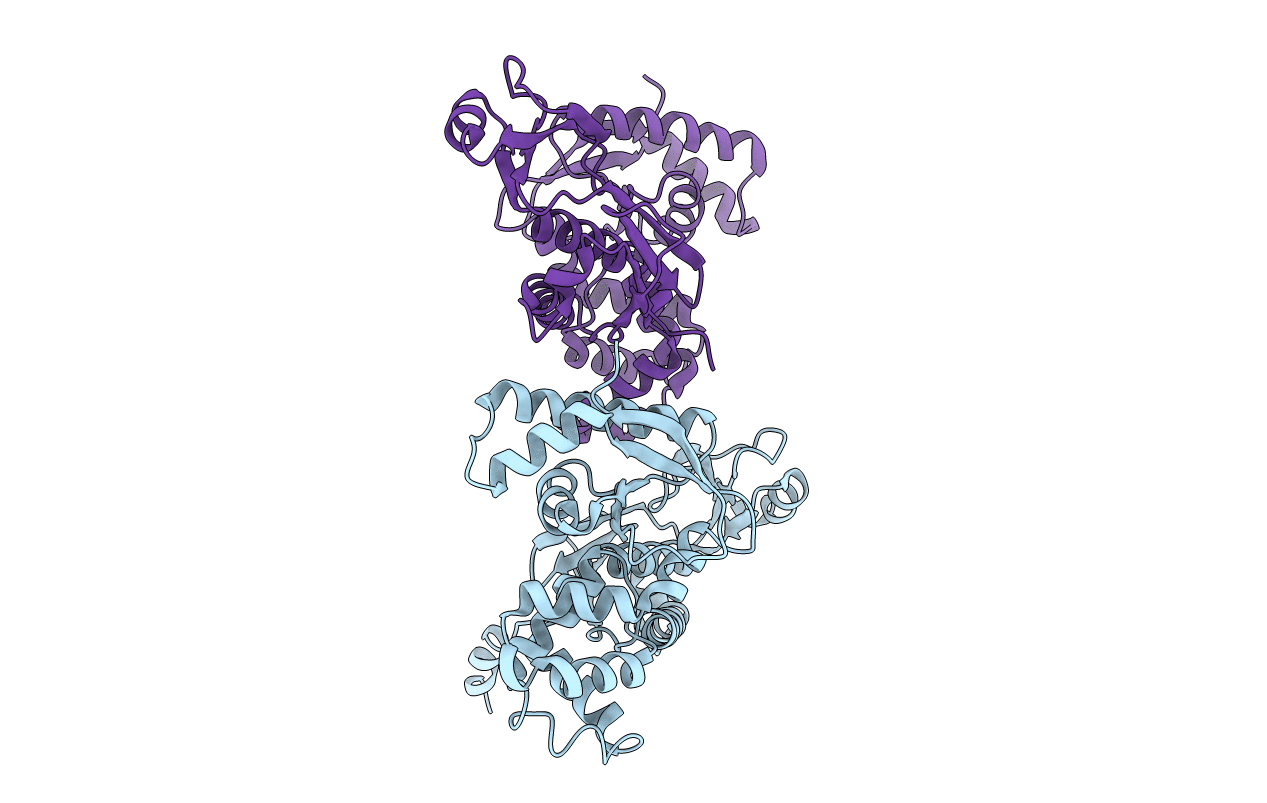
Deposition Date
2020-08-19
Release Date
2021-04-28
Last Version Date
2023-11-29
Entry Detail
PDB ID:
7CTN
Keywords:
Title:
Structure of the 328-692 fragment of FlhA (E351A/D356A)
Biological Source:
Source Organism:
Host Organism:
Method Details:
Experimental Method:
Resolution:
2.80 Å
R-Value Free:
0.29
R-Value Work:
0.23
R-Value Observed:
0.23
Space Group:
P 21 21 21


